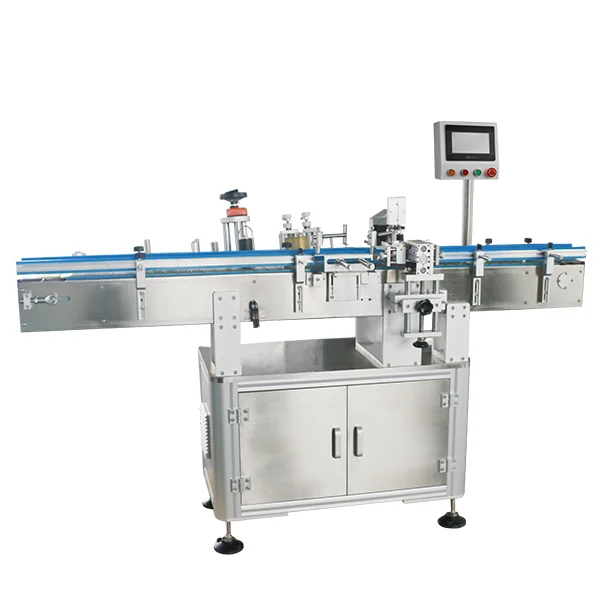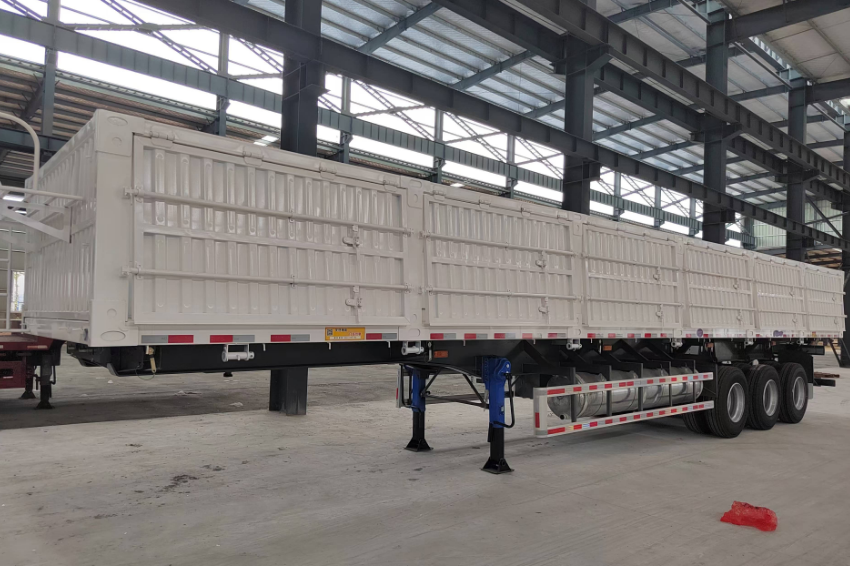The Art of Mechanical Fastening: Unlocking the Power of Secure Connections

In the world of engineering and construction, mechanical fastening plays a pivotal role in creating secure and reliable connections. From everyday objects like furniture and appliances to complex machinery and structures, the use of mechanical fasteners ensures stability, strength, and longevity. In this article, we will delve into the intricacies of mechanical fastening, exploring its various techniques, applications, and the importance of precision in achieving optimal results.
- Understanding Mechanical Fastening:
Mechanical fastening refers to the process of joining two or more components together using mechanical devices such as screws, bolts, nuts, rivets, and clips. Unlike adhesive bonding or welding, mechanical fastening allows for disassembly and reassembly, making it a versatile and widely adopted method in numerous industries. The key principle behind mechanical fastening is the creation of a secure and rigid connection that can withstand various forces and loads. - Types of Mechanical Fasteners:
There is a wide array of mechanical fasteners available, each designed for specific applications and requirements. Let's explore some of the most commonly used types:
- Screws and Bolts: These threaded fasteners provide excellent clamping force and are ideal for applications that require adjustable tension. They come in various sizes, materials, and head types, offering flexibility in design and assembly.
- Nuts and Washers: Nuts are used in conjunction with screws and bolts to secure components together. Washers, on the other hand, distribute the load and prevent damage to the connected surfaces.
- Rivets: Rivets are permanent fasteners that create a strong, vibration-resistant connection. They are commonly used in industries such as aerospace and automotive, where reliability and structural integrity are paramount.
- Clips and Clamps: These fasteners are often used for securing panels, wires, and pipes. They provide quick and easy installation, making them popular in industries that require frequent maintenance or modifications.
- Factors Affecting Mechanical Fastening:
To ensure the effectiveness of mechanical fastening, several factors must be considered:
- Material Selection: The choice of fastener material should be compatible with the materials being joined. Factors such as corrosion resistance, strength, and temperature tolerance must be taken into account.
- Torque and Tension: Proper torque and tensioning techniques are crucial for achieving the desired clamping force. Under-tightening can result in loose connections, while over-tightening can lead to material deformation or failure.
- Surface Preparation: The surfaces to be fastened should be clean, free from contaminants, and properly prepared. This ensures maximum contact and adhesion between the fastener and the components.
- Advancements in Mechanical Fastening:
With the constant evolution of technology, mechanical fastening techniques have also seen significant advancements. Some notable developments include:
- Self-Locking Fasteners: These innovative fasteners incorporate features that prevent loosening due to vibrations or external forces. They are widely used in critical applications where reliability is paramount.
- Composite Fasteners: As lightweight materials like composites gain popularity, specialized fasteners have been developed to cater to their unique properties. These fasteners offer high strength while minimizing weight and potential damage to the composite structure.
- Automated Fastening Systems: Automation has revolutionized the assembly process, with robotic systems capable of precise and efficient fastening. These systems ensure consistent quality, reduce human error, and improve productivity.
Conclusion:
Mechanical fastening is an indispensable technique that enables the creation of secure connections in various industries. By understanding the different types of fasteners, considering key factors, and embracing technological advancements, engineers and manufacturers can achieve optimal results in terms of strength, reliability, and efficiency. Whether it's constructing a skyscraper or assembling a delicate electronic device, the art of mechanical fastening continues to shape our world, one secure connection at a time.

